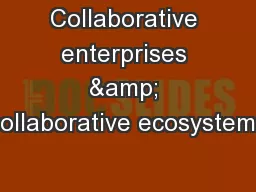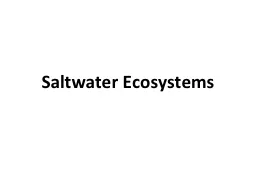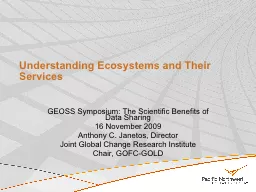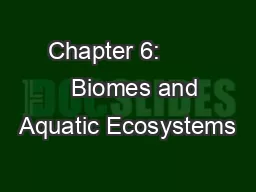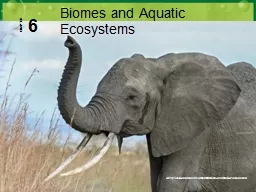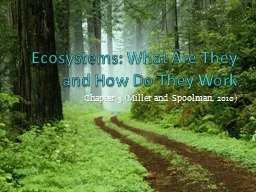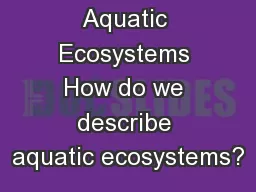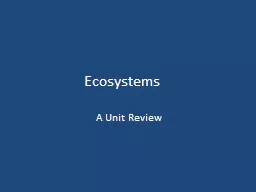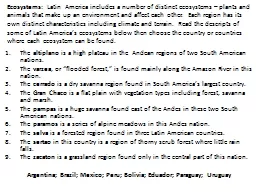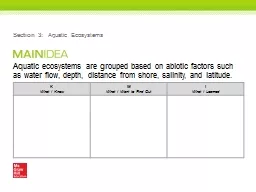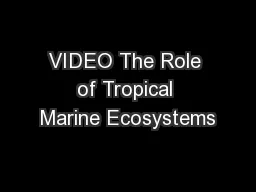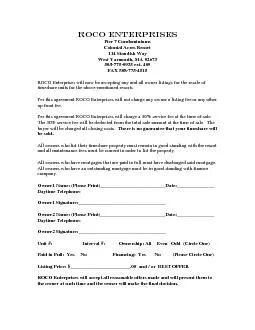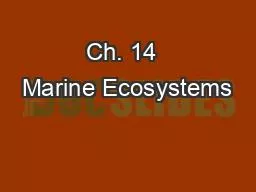PPT-Collaborative enterprises & collaborative ecosystems
Author : min-jolicoeur | Published Date : 2018-03-01
Charles Heckscher August 2017 1 CRAFT AUTONOMOUS PROFESSIONAL NETWORKS Customization and personal relations Challenge to increase scale of production and scope
Presentation Embed Code
Download Presentation
Download Presentation The PPT/PDF document "Collaborative enterprises & collabor..." is the property of its rightful owner. Permission is granted to download and print the materials on this website for personal, non-commercial use only, and to display it on your personal computer provided you do not modify the materials and that you retain all copyright notices contained in the materials. By downloading content from our website, you accept the terms of this agreement.
Collaborative enterprises & collaborative ecosystems: Transcript
Download Rules Of Document
"Collaborative enterprises & collaborative ecosystems"The content belongs to its owner. You may download and print it for personal use, without modification, and keep all copyright notices. By downloading, you agree to these terms.
Related Documents

